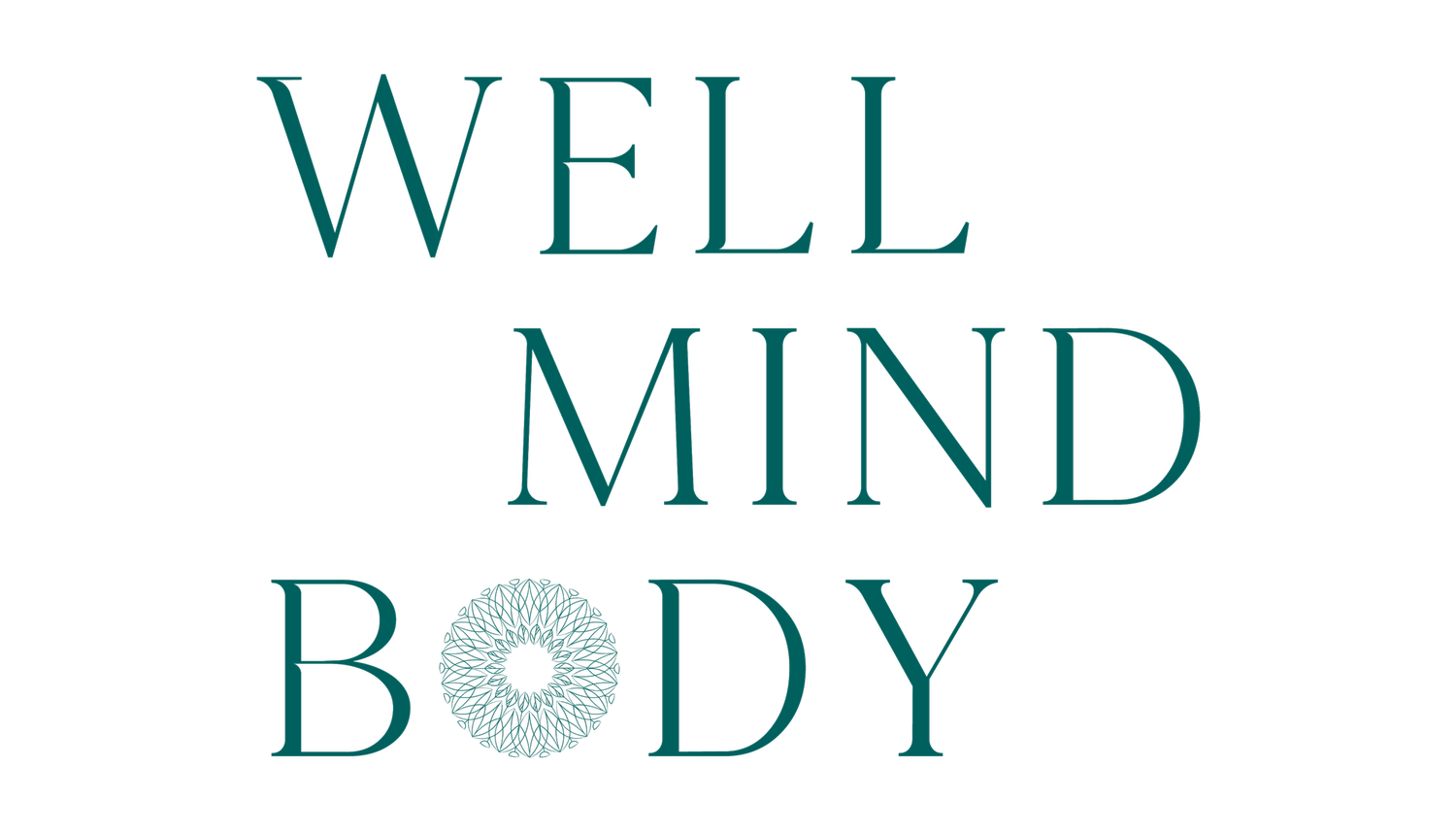Lifestyle Factors + Breast Cancer
October is breast cancer awareness month.
Did you know that according to the American Cancer Society, breast cancer is one of the most common cancers in women, in the United States? According to the American Cancer Society, breast cancer accounts for about 30% (or 1 in 3) of all new female cancers each year.
As with most people, breast cancer hits far too close to home for me. I personally have lost many young women in my family and close friends to the disease.
I will never forget the day my aunt was diagnosed with stage four, triple negative breast cancer at 37 years old. At the time, she was given a five year survival rate of less than 10%. After she was diagnosed, I watched her mindfully shift in all areas of her life. She made the conscious decision to overhaul her life in an effort to create an environment where cancer couldn’t thrive. She worked with traditional and non-traditional cancer medicine specialists and she was given the news of “no evidence of disease” a couple of years later. She went on to live twenty-seven more years, most of which she was extraordinarily healthy. She empowered herself with knowledge, prioritized living in alignment with her goals and values, created a community in which she felt supported and beat those horrific odds.
As someone who has a significant cancer history in my family, I have made it my mission to live my life in a way that is in alignment with health to the best of my abilities as well as share research so that others can also cultivate optimal health and wellness.
Research has shown time and time again, the drastic impact things like stress, adverse childhood experiences, alcohol ,smoking, sedentary lifestyle, and personal care products can have on a person’s overall health and wellness (Alsayer et al., 2024). While nothing in life is a guarantee, there are so many things we can do in our daily lives to help reduce our propensity to all types of disease and lower our overall toxic burden. Clarke et al., (2006) went as far to say that simple lifestyle changes, such as discontinuing synthetic estrogen/progestin replacement therapy, reducing alcohol consumption, increasing physical activity, and lengthening breastfeeding duration could lower population breast cancer incidence substantially.
Lifestyle Factors Associated with Incidence of Breast Cancer
Sedentary Lifestyle
Researchers have shown that breast cancer is an obesity‐related type of cancer. Sedentary behaviors and lack of consistent physical activity are known risk factors for most disease and cancer types, particularly breast cancer (Alsayer et al., 2024; Lee et al., 2021).
Alcohol
Researchers suggest that moderate alcohol consumption has been linked to an approximate 30-50% increased risk in breast cancer (Collaborative Group on Hormonal Factors in Breast Cancer, 2002; McDonald et al., 2013)
Smoking
Smoking and the use of tobacco are the largest preventable cause of cancer and cancer mortality, responsible for approximately one-third of all cancer deaths annually (Balogh et al., 2014).
Hormonal Contraceptives
The International Agency for Research on Cancer placed contraceptives and synthetic hormone replacement therapies as category 1 carcinogens to humans. Grevers et al., (2016) found that about 15.5% of breast cancers and 8.9% of ovarian cancers were estimated to be attributable to the use of synthetic hormone therapy.
Endocrine Disrupters and Toxic Chemicals
Santaliz Casiano et al., (2022) and Eve et al., (2020)have both reported that endocrine-disrupting chemicals (EDCs) are known contributors to breast cancer development. EDCs are commonly found in food packaging, cookware, fabrics, and personal care products, as well as our environments. Additionally, industrial manufactured chemicals can also interfere with the normal function of the endocrine system (Diamanti-Kandarakis et al., 2010). Most industrial manufactured chemicals are widely used in agriculture, aka, our food systems and consumer products such as personal care products. The effects of these chemicals are due to their interaction with endocrine receptors, such as estrogen receptors (ERs) or alteration of their signaling pathways.
Clearly there are so many factors that contribute to disease states. Some things are completely out of our control, while some things are totally in our control. In our home, we prioritize physical exercise, nutritionally dense foods, and reduce exposure to known carcinogens to the best of our ability.
My hope is that with education, October will become a month of breast cancer prevention awareness so that people can walk away with tangible tools on how to increase their overall health and wellness, and reduce exposure to known carcinogens.
Some of our favorite brands for personal care products, laundry detergent, cleaning supplies and baby skin care products include Rowe Casa, Earthley and Doterra. To learn more about some of my favorite swaps, click here .
You can also head to our Trusted Brands page on www.WellMindBody.co
Thank you for being here!
Dr. E
References
